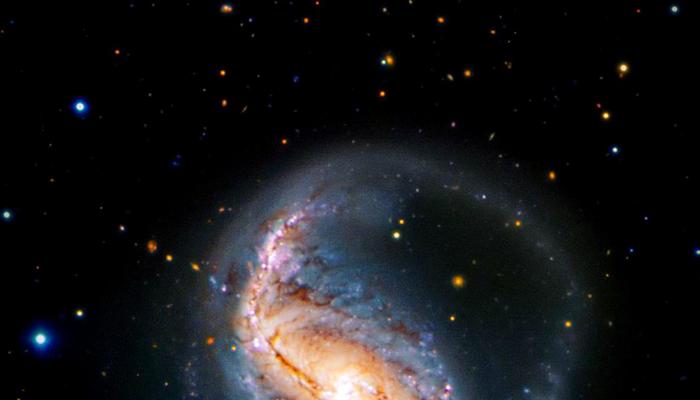Discover the incredible stories of 10 astronomers who reshaped our cosmos, from Copernicus to Chandrasekhar. Their curiosity and groundbreaking discoveries paved the way for modern science and technology.
Read on to be amazed!
We Indians have always looked up to the sky, haven't we? From ancient astrologers charting the stars to modern scientists peering into the deepest reaches of space, the universe has always held a deep fascination for us.

But our understanding of this vast cosmos hasn’t always been, well, understandable! It took the brilliance and dedication of some truly remarkable minds to unravel the mysteries and challenge long-held beliefs.
These are the stories of ten such "celestial acharyas" – astronomers who fundamentally changed our understanding of the universe.
They hailed from different corners of the globe, lived in different eras, and faced different challenges, but they all shared an insatiable curiosity and a relentless pursuit of knowledge about the world (and worlds beyond!) around us.
Their discoveries not only expanded our intellectual horizons but also paved the way for the technologies we rely on today, from satellite communication to medical imaging. Prepare to be amazed by the contributions and legacies of these brilliant minds!
Nicolaus Copernicus challenges geocentric model, proposes heliocentric model, transforming astronomy forever
Nicolaus Copernicus, a Polish astronomer of the Renaissance era, dared to challenge the geocentric model, which placed the Earth at the center of the universe.
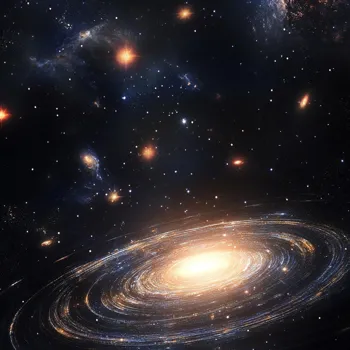
He proposed a heliocentric model, suggesting that the Sun, not the Earth, was at the center, and that the Earth and other planets revolved around it. This revolutionary idea, initially met with resistance from the Church, eventually became the cornerstone of modern astronomy.
Copernicus meticulously worked on his theory for decades, publishing his magnum opus, 'De revolutionibus orbium coelestium' (On the Revolutions of the Heavenly Spheres), shortly before his death. His work shifted the cosmic perspective, forever altering our place in the universe.
His careful observations and mathematical calculations laid the groundwork for future astronomers like Galileo and Kepler to build upon. He showed that questioning established wisdom and pursuing evidence-based reasoning are essential for scientific progress.
Galileo Galilei revolutionized astronomy with telescopic discoveries
Galileo Galilei, an Italian astronomer, physicist, and engineer, brought the telescope to the world of astronomy, and what he saw forever changed our perception of the heavens!
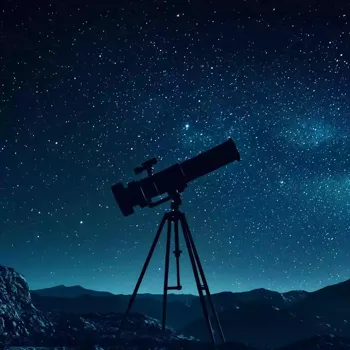
He observed the Moon's surface and discovered that it was not a smooth, perfect sphere as previously believed, but rather riddled with mountains and valleys, just like Earth.
He also discovered the four largest moons of Jupiter, now known as the Galilean moons, which disproved the notion that everything revolved around the Earth. Galileo's observations provided strong evidence in support of the heliocentric model. He was a vocal advocate for Copernicus' theory.
Sadly, his support put him in conflict with the Catholic Church, which held steadfastly to the geocentric view. He was eventually placed under house arrest for the remainder of his life, but his scientific legacy remained undiminished.
Kepler revolutionized astronomy with laws of planetary motion
Johannes Kepler, a German astronomer and mathematician, built upon the work of Copernicus and Tycho Brahe to develop his laws of planetary motion. He did this in the early 17th century. He established that planets orbit the Sun not in perfect circles, but in ellipses, with the Sun at one focus.
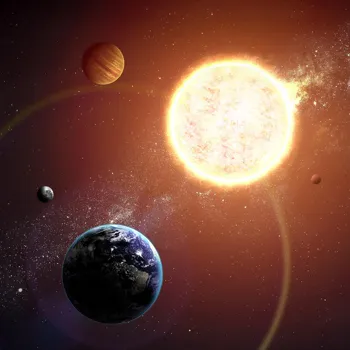
He also determined that planets move faster when they are closer to the Sun and slower when they are farther away. Finally, Kepler showed that the square of the orbital period of a planet is proportional to the cube of the semi-major axis of its orbit.
These laws provided a precise mathematical description of planetary motion, revolutionizing astronomy and laying the foundation for Isaac Newton's law of universal gravitation.
He spent years analyzing Tycho Brahe's extensive astronomical data, meticulously working to find the best fit for planetary orbits.
Isaac Newton formulated law of universal gravitation, revolutionizing physics
Isaac Newton, an English physicist and mathematician, formulated the law of universal gravitation.
This law stated that every particle of matter in the universe attracts every other particle with a force proportional to the product of their masses and inversely proportional to the square of the distance between their centers.
This simple yet profound law explained not only why the planets orbit the Sun but also why objects fall to the ground on Earth. Newton's laws of motion and his law of gravity provided a comprehensive framework for understanding the dynamics of the universe.
He also made significant contributions to optics, calculus, and other areas of physics. He created his laws after observing an apple fall from a tree which led him to ponder about the true nature of gravity.
Edwin Hubble revolutionized astronomy with discoveries on galaxies and universe expansion
Edwin Hubble, an American astronomer, made two groundbreaking discoveries in the 20th century. First, he proved that galaxies are not just nebulae within our own Milky Way galaxy but are actually independent "island universes" located far beyond our own.

This discovery vastly expanded our view of the size and scale of the universe. Second, Hubble discovered that the universe is expanding.
By observing the redshift of light from distant galaxies, he found that they are moving away from us, and that the farther away a galaxy is, the faster it is receding. This led to the formulation of Hubble's Law, which relates the distance of a galaxy to its velocity.
Hubble's discoveries provided the first direct evidence for the Big Bang theory, the prevailing cosmological model for the origin and evolution of the universe.
Indian-American astrophysicist Chandrasekhar's work on stellar evolution and Chandrasekhar limit
Subrahmanyan Chandrasekhar, an Indian-American astrophysicist, made significant contributions to the theory of stellar evolution. He calculated the Chandrasekhar limit which is the maximum mass of a stable white dwarf star.
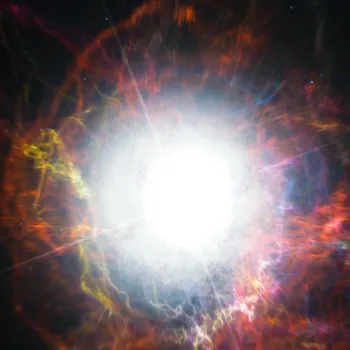
If a star exceeds this limit, it will collapse into a neutron star or a black hole. Chandrasekhar's work was initially met with skepticism by some prominent astronomers, but it was eventually recognized as a fundamental contribution to our understanding of the life cycle of stars.
He was awarded the Nobel Prize in Physics in 1983 for his theoretical studies of the structure and evolution of stars. Chandrasekhar later became a renowned professor at the University of Chicago and wrote several influential books on astrophysics. His life serves as an inspiration to scientists.




